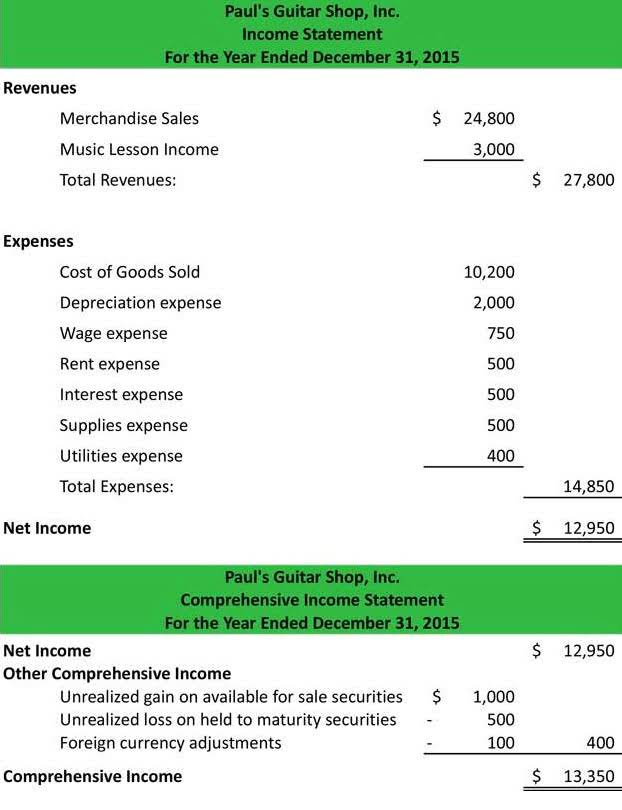
From small businesses to multinational corporations, accounting forms the foundation of sound financial management. There are two types of assets, the QuickBooks first is fixed assets, and another is current assets. Some liquid accounts in current assets include cash, accounts receivable, machinery, vehicles, and office equipment. That way, when the asset increases, then its position is on a temporary debit. In accounting, debits and credits are balanced entries in a double-entry accounting system.
Understanding Debit and Credit Rules in Modern Accounting

While the rule’s core concept remains consistent, its application nuances across different account types, particularly Real Accounts (assets, liabilities, and equity). Mastering this principle is crucial for maintaining accurate financial records, generating reliable financial statements, and making informed business decisions. By understanding the interplay between debits, credits, and different account types, businesses can unlock the power of accounting to drive financial success and sustainability. This mastery is not just a technical skill; it’s a strategic advantage in the competitive business landscape.

Liability and Equity Accounts

Debit entries have significant implications for the financial management of a business. They affect the balances of How to Invoice as a Freelancer various accounts, which in turn impact the financial statements and the overall financial health of the business. It’s important to note that the type of debit entry used depends on the nature of the transaction and the accounts involved. The choice of debit entry can significantly impact the financial statements and the overall financial health of a business. By following these basic rules of debits and credits, your accounting entries will always be accurate and balanced.

Asset Accounts Typically Have a Debit Balance
Debits and credits serve as the building blocks of double-entry bookkeeping, a system that ensures all financial transactions are properly recorded and balanced. When you make a transaction in accounting, it affects different accounts in various ways. Understanding what are debit and credit in accounting and how they at its core, what is the essence of the accounting debit and credit system? impact these accounts is key to maintaining accurate financial records. Managing cash and equity accounts through debits and credits is crucial for maintaining accurate financial records. This process allows for proper tracking of financial transactions and ensures that the overall financial position is accurately represented.
- Debits and credits are the two fundamental terms used in accounting to record financial transactions.
- The debit and credit treatment would be reversed for any liability and equity accounts.
- Financial statements derived from accounting records provide a snapshot of a company’s performance, helping stakeholders assess whether the business is meeting its objectives.
- Breaches of accounting ethics, such as fraud or misrepresentation, can have severe consequences, including legal penalties and damage to reputation.
Learn investment analysis, competitive evaluation, company analysis, and more. Gain expertise in private equity investing with our comprehensive certificate program, blending academic rigor with practical insights from industry leaders. Elevate your career and investment acumen in this dynamic and competitive field.